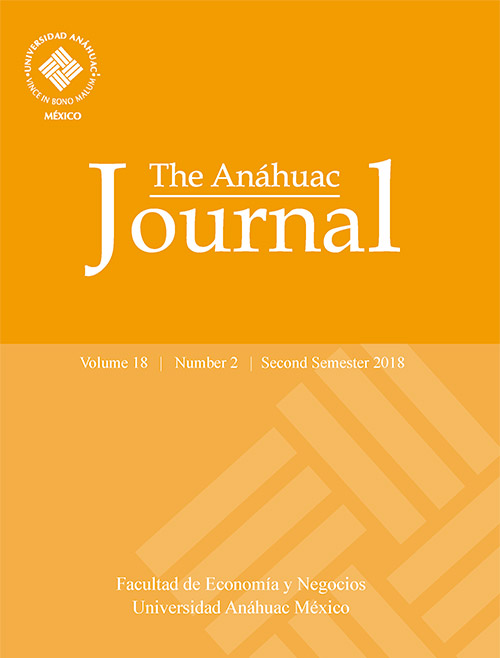The fallacy of the Joseph Schumpeter hypothesis
Main Article Content
Abstract
The existence of a positive relationship between expenditures in research and development (R&D) and market concentration and firm size is at the heart of Joseph Schumpeter’s view on innovation, technological progress and economic development (1942). Even though he was imprecise as to whether monopolies per-se or simply large firms are more inclined to spend on R&D rather than smaller firms operating in competitive markets, the two propositions are known as Schumpeter’s hypotheses. The economist argued that monopolies are the breeding ground of R&D and if society craves for innovation, it must accept imperfect markets as collateral damage. Schumpeter did not provide empirical work to support his hypothesis. However, it induced a vast amount of research geared at providing evidence to support or reject his claims. To date, more than 75 years after the publication of his seminal contribution, the results are inconclusive.
This note presents additional empirical evidence about the validity of Schumpeter’s hypotheses in a sample of 10 countries: eight member countries of the OECD, China/Taipei and Romania. A Spearman rank correlation coefficient combined with a linear regression are estimated to determine the relationship between R&D expenditures and firm size. Data was obtained from the Technology and Patents – Research and Development Statistics of the OECD, which, to our knowledge has not been used for this specific purpose. The results from this simple test provide additional evidence to reject Schumpeter’s hypothesis. The results may be explained by numerous start-up businesses joining the market in activities that are intensive in technology and innovation.
Downloads
Article Details
This work is licensed under a Creative Commons Atribución-NoComercial-CompartirIgual 4.0 Internacional.

